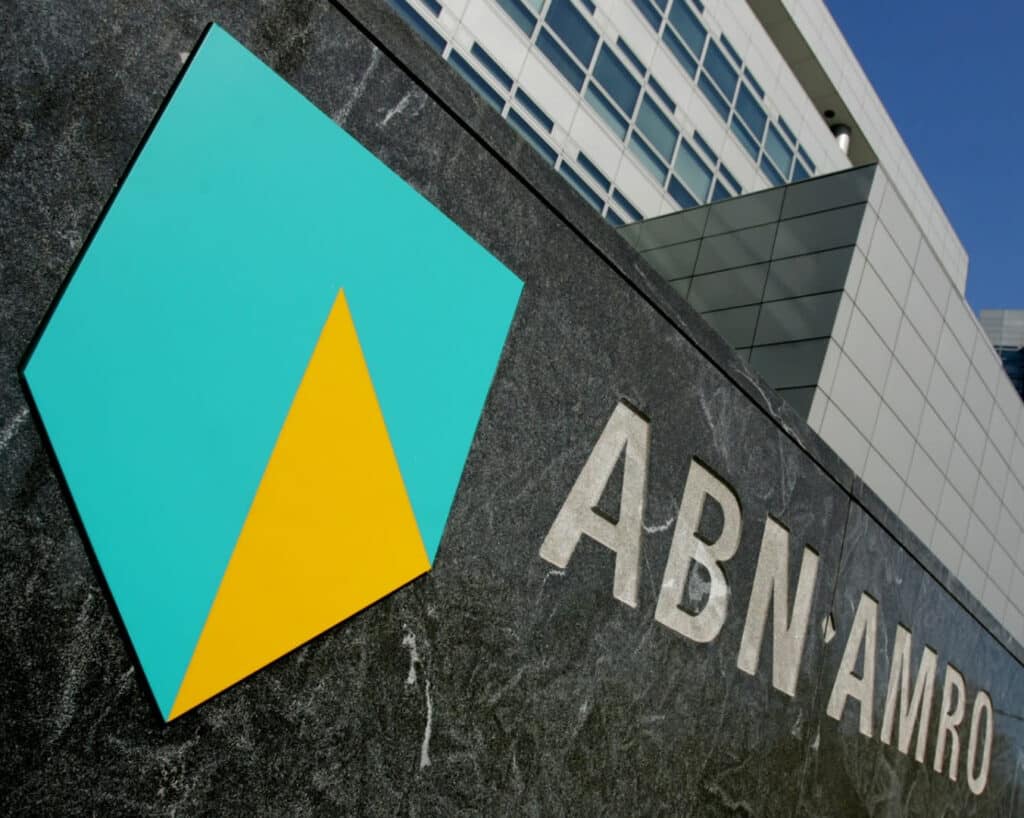Blog
Home » Diamonds blog » UNDERWORLD THREATS TO DIAMOND SUPPLY CHAINS A FACTOR IN THE SHRINKING AVAILABILITY OF BANK CREDIT
Focus on

The difficulties experienced by the diamond industry in establishing standard lines of institutional credit are well documented and are best illustrated by the ever-shrinking pool of banks ready to support the business. Whereas two decades ago, a good number of the most venerated names in the financial sector were represented – among them ABN Amro, HSBC and Standard Charter Bank – today just a handful remain.
The reason for this attrition has little to do with diamonds’ long-term business prospects, which many if not most would agree remain promising, and more to do with inherent threats to their reputational integrity, from the perspective of a banking sector that is increasingly regulated and, therefore, risk aversive.
The aftermath of 9-11, followed by the financial crisis of 2008 through 2010 raised the regulatory stakes considerably for banks. In the United States, for example, a study conducted at the end of 2021 showed that compliance costs account 10.3 percent of an average financial institution’s personnel expenses, including salary and benefits, 42.3 percent of accounting and auditing spending, 38.2 percent consulting and advisory spending, 22.7 percent of legal spending, and 17.1 percent of data processing spending. The same is true in most other developed economies.
What this means is that when it comes to niche sectors, like the diamond industry, the risk threshold at which banks considers them no longer to be to financially attractive has been reduced considerably.
The easiest option for many banks has been to withdraw from the diamond industry, or not become involved at all.

Once the largest financier of the diamond industry, the Dutch bank ABN Amro has in recent years sharply reduced its footprint in the business.
HEIGHTENED RISK OF MONEY LAUNDERING
The heightened degree of perceived risk is not an indictment of the industry itself, but rather a result of the intrinsic value and the physical characteristics of the diamond. Small and portable – a few stones, worth hundreds of thousands and even millions of dollars, can easily be secreted in the pocket of pair of a pair of jeans– are factors alone mean that, from a regulatory perspective, mean that diamonds are considered more like units of currency rather than an ordinary mineral commodity.
Already in 2014, a study conducted by the Egmont Group on behalf of the Financial Action Task Force (FATF) – an inter-governmental body established in 1989, which today represents most major financial centers around of the world – stated categorically that the diamond trade is vulnerable to exploitation by criminal elements involved in money laundering.
The FATF report, which came on the heels of the Dodd Frank legislation in the United States, which was followed by the transition in the banking sector from Basel 3 to Basel 4, creating more stringent standards for credit and operational risk for banks, had had a real impact on financing for the diamond industry.
They all highlighted the need to guard against any type of malfeasance by criminal elements and to expose as quickly as possible instances where this is known to have occurred.
HEZBOLLAH AND THE WAGNER GROUP
In the current geopolitical climate, the risk of wrongdoing is not limited to white-collar crime. On April 18, the U.S. Department of the Treasury’s Office of Foreign Assets Control (OFAC) reported an international money laundering and sanctions evasion network of 52 individuals and entities in Lebanon, the United Arab Emirates, South Africa, Angola, Côte d’Ivoire, the Democratic Republic of the Congo, Belgium, the United Kingdom, and Hong Kong.
The network, OFAC said, facilitated the payment, shipment, and delivery of diamonds, precious gems, cash, diamonds, art, and luxury goods for the benefit of Nazem Said Ahmad, who in December 2019 had been named by the American authorities as a global terrorist, and financier of the Hezbollah movement in Lebanon.

A recruitment banner in Russia for the Wagner Group mercenary force. (Photo: Wikimedia Commons)
“The individuals involved in this network used shell companies and fraudulent schemes to disguise Nazem Said Ahmad’s role in financial transactions,” said Under Secretary of the Treasury for Terrorism and Financial Intelligence Brian E. Nelson. “Luxury good market participants should be attentive to these potential tactics and schemes, which allow terrorist financiers, money launderers, and sanctions evaders to launder illicit proceeds through the purchase and consignment of luxury goods.”
Another potential danger is posed by the Wagner Group, the private paramilitary force that more recently has achieved notoriety for supporting Russian forces in the Ukraine.
Long before the start of hostilities in Eastern Europe, the Wagner Group, which is led by Vladimir Putin’s confidant Yevgeniy Prigozhin, was involved in Africa. There it established a presence in at least eight countries, where payment to was sometimes made though the provision of access to mineral resources.
One of those countries is the Central African Republic, where in 2022 it was reported by the France-based All Eyes on Wagner and the London-based Dossier Center that individuals linked to the Russian Mercenary force had set up a shell company to secure and sell diamonds.
The report noted that fighters employed the Wagner Group were forcing miners in the CAR to hand over their gems or sell them exclusively to a company called Diamville, which was trading in diamonds in violation of the rules of the Kimberley Process.
